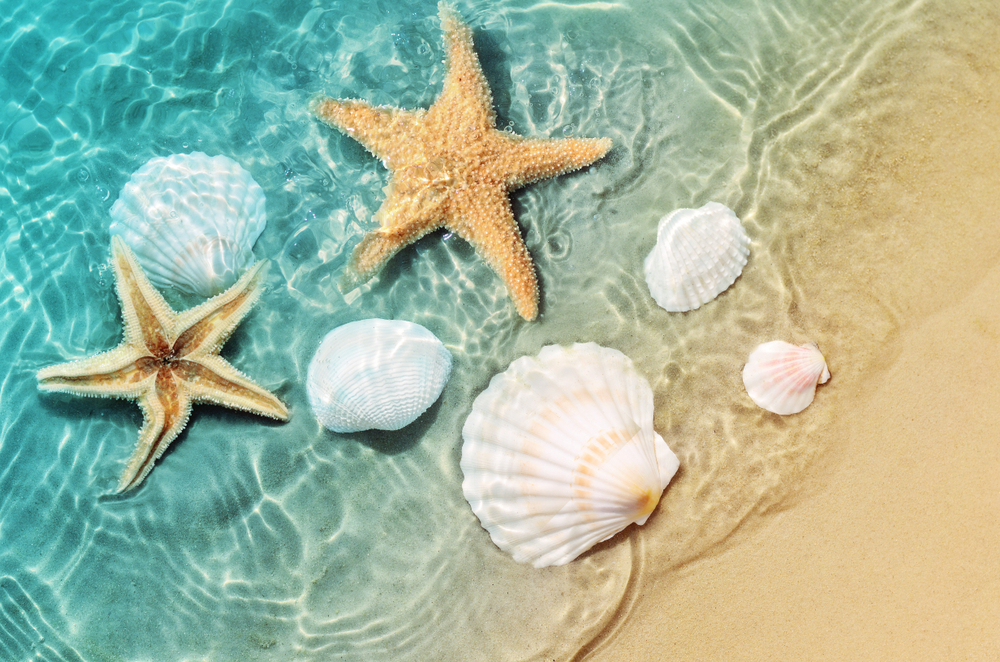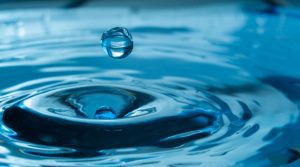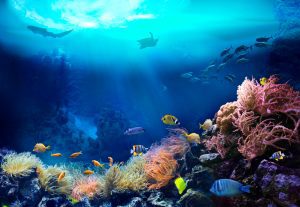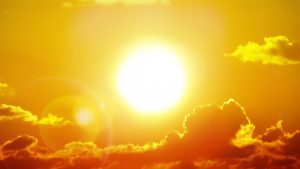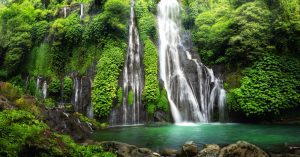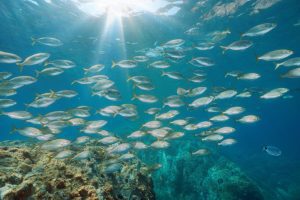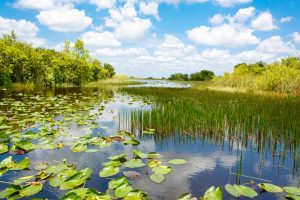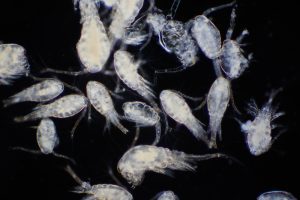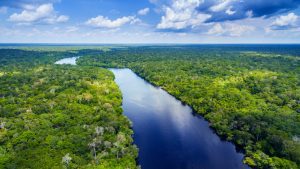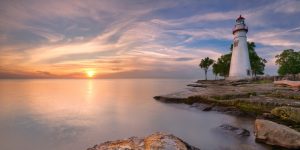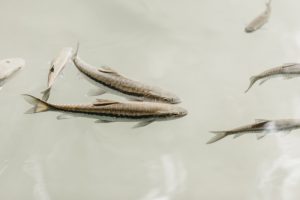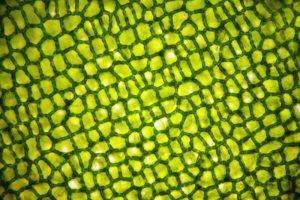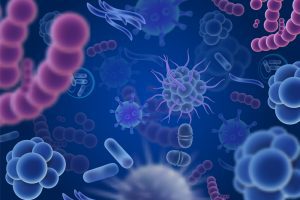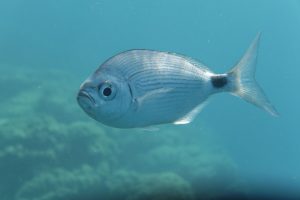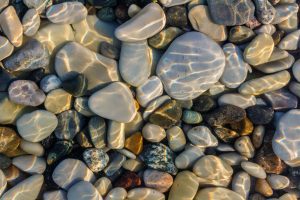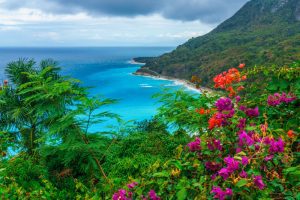The marine ecosystem is composed of living organisms like animals and plants, as well as non-living things like rocks and soil.
Marine life is highly affected when one type of nonliving thing is removed since both living and nonliving attributes depend on each other for survival.
Nonliving things are any lifeless forms that do not have cells, movement, or growth. They are an essential part of any ecosystem.
Moreover, nonliving things create a suitable living environment for living things in the ocean. For instance, a marine plant cannot grow without soil while a fish cannot breathe without oxygen.
Listed below are some examples of nonliving things found in the ocean. This article focuses on the top essential nonliving things: water, salt, soil, sand, gas, rocks, shells, and oils.
Table of Contents
1. Water
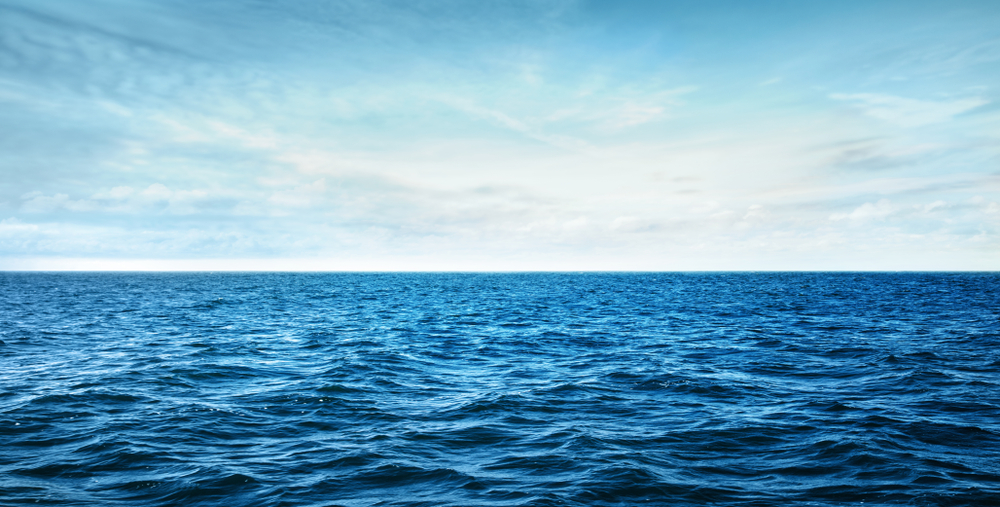
The earth is covered with over 70% water with approximately 96.5% pure water, making the ocean the largest water reservoir on the planet.
It is home to 94% of the living things on earth with a minimum of 236,878 marine species, and with fewer marine species in the polar regions compared to tropical regions.
Water temperature varies according to location, from below freezing up to 30°C. It is composed of rich minerals including six ions: calcium, chloride, magnesium, potassium, sodium, and sulfate.
Dissolved elements are also found in the ocean, such as boron, carbon, and fluoride. The chemical composition of ocean water was developed in three stages that started billions of years ago.
The density of water is influenced by several factors including pressure, salinity, and temperature. The higher the temperature, the lesser the density is.
Moreover, when the salinity is higher, the higher the density is as well. The ocean water has a stable pH, between 7.5 to 8.5.
Although there is no life without water, if the water’s pH level is too acidic or alkaline, it becomes inhabitable to marine life and kills them.
2. Salt
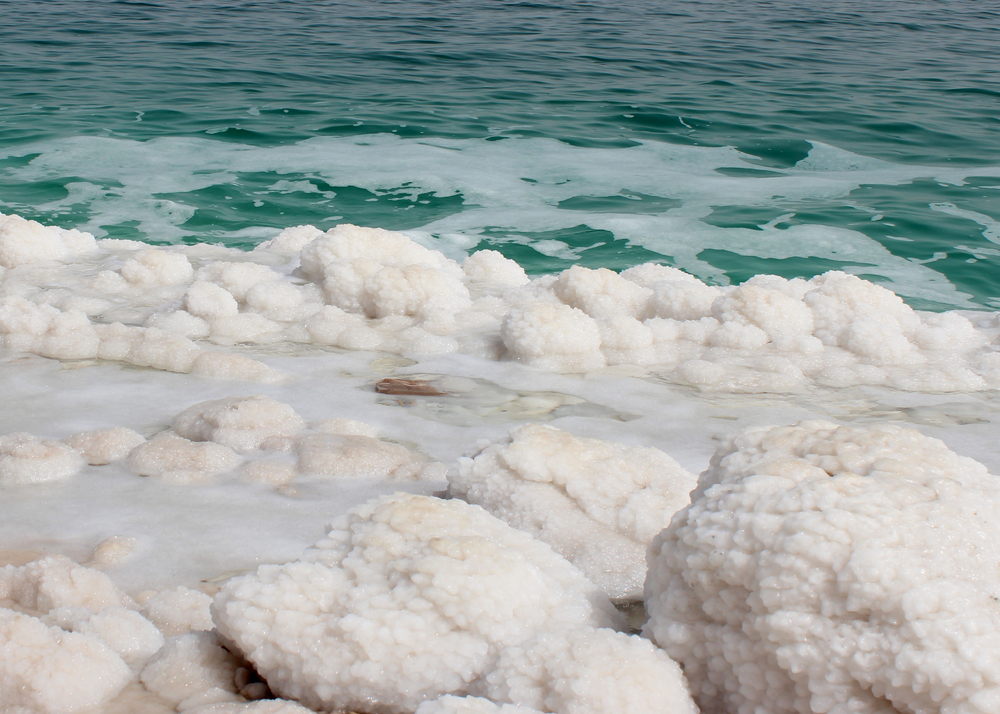
Ninety-seven percent of the earth’s water composition is saline, containing about 35,000 parts per million (ppm) of salt or 35 g of salt per 1kg of water. In a more physical form, the amount of salt present is equivalent to a 500 ft tall building.
Salt is formed from rains that become a bit acidic because of dissolved carbon dioxide from the earth’s surface. The rain eventually erodes rocks containing salts and minerals, which go into the ocean.
Additionally, the melting and freezing of ice also contribute to the salinity of the ocean.
The Atlantic Ocean, the second largest of the five oceans on earth, has the highest salt content, which is influenced by its nearby coastlines and rivers and frequent rains from the tropics.
The amount of salt indicates the types of marine species that can be found in a specific water salinity level. The salinity of the oceans is important since it contributes to the heat carried by water currents, which influences the climate.
Moreover, it helps control protozoans that are harmful to fish and monitor the oxygen intake of marine species. It also helps add marine diversity, sustain ocean habitat, and influence ocean circulation of important minerals and nutrients.
3. Soil
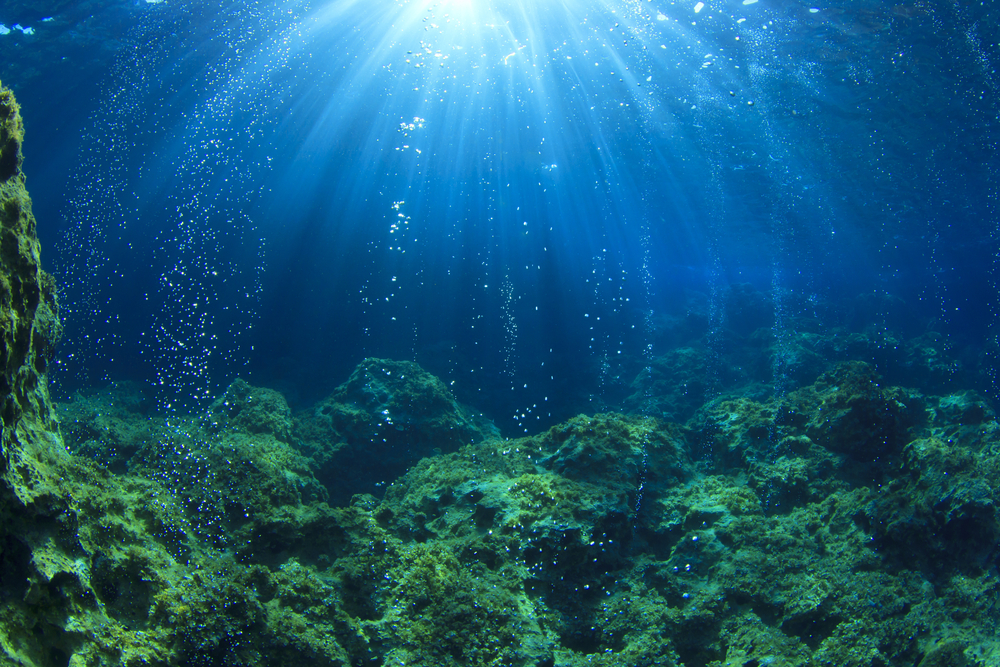
The soil of the ocean is made up of mountains, volcanoes, valleys, and several landscapes. The ocean bed has three types of soil: calcareous ooze, siliceous ooze, and red clay.
Ooze is a type of soil made up of over 30% of organic waste, whereas red clay is inorganic soil made from rocks, clay minerals, and quartz, which cover about 40% of the seafloor.
The most common type of soil is calcareous ooze, which is almost 50% of the seafloor and is primarily composed of shells and tiny organisms, while siliceous ooze is only 15% comprising shells and plankton waste.
Soil plays a significant role in the ocean since plants like seagrass grow in the soil while providing food and shelter to marine species. In addition, essential nutrients and materials can be found in the soil.
4. Sand
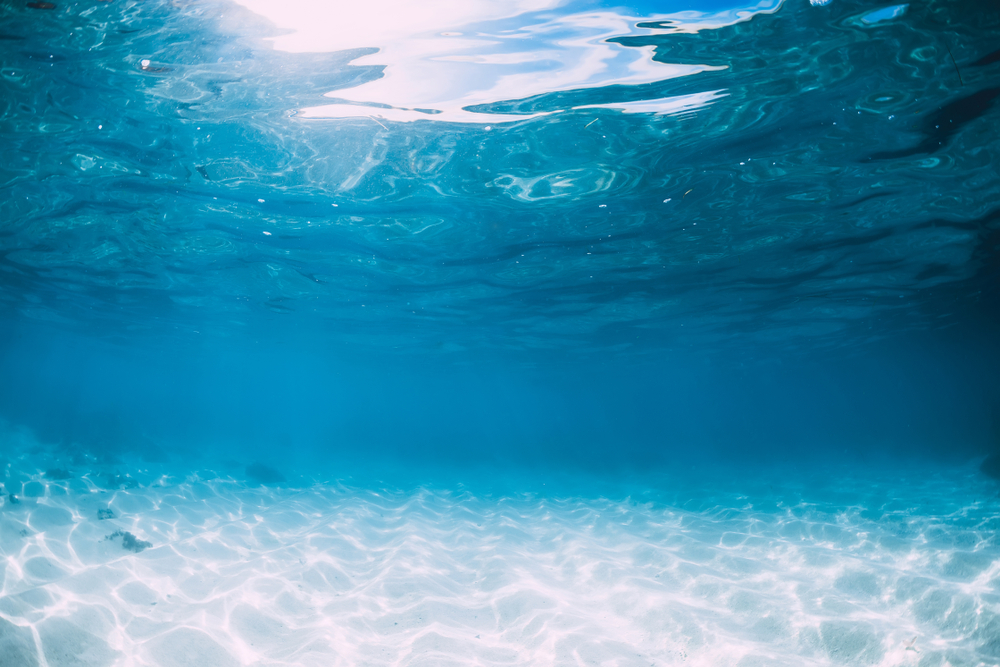
Most beaches contain sand, which is formed from the lavas of volcanoes that pulverize and flatten over time, becoming sand of various colors including red, black, and brown.
Aside from volcanic rocks, sand is also formed with shells, coral fragments, various remains of species, and small ocean fragments washed ashore on the beaches.
Sand takes millions or billions of years to form. Beaches with fine sand are usually older, whereas beaches with coarse sand are much younger.
A particle of sand is called a sand grain and is about 0.0625 mm to 2 mm in size, which is smaller than gravel and bigger than clay.
The most typical sand is light brown and gets its color from iron stains, whereas black sand comes from lavas and green sand from the mineral olivine.
Sand is in constant movement from land to ocean, moving southward to the coastal shores, while some go even further to the deep ocean. As the ocean currents move, the sand travels back to the coastal beaches.
The amount of sand varies according to season, depending on the waves. Winter storms lessen the sand on the coast, while summer’s gentle waves carry the sand back.
5. Gas
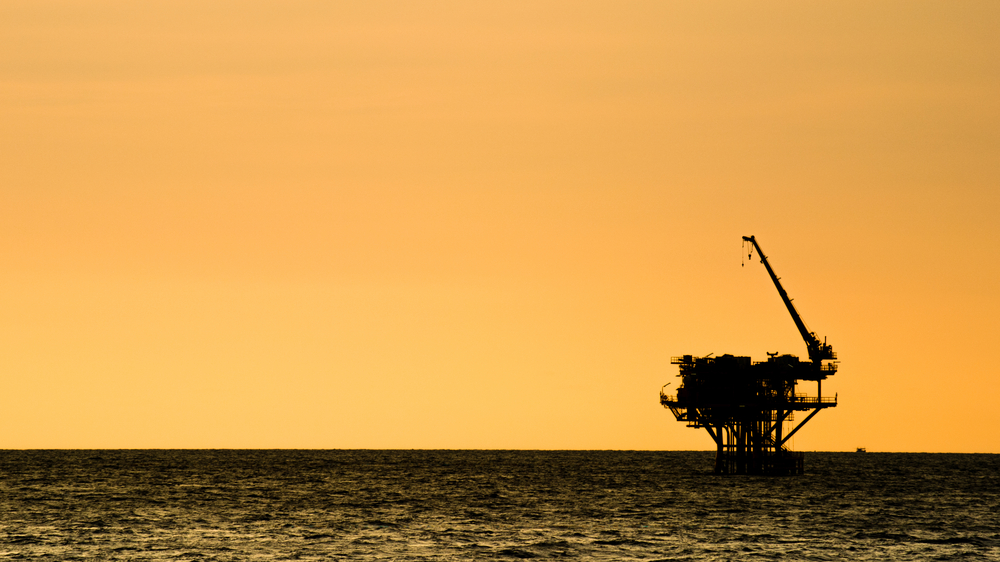
Natural gas is one of the most essential resources found in the ocean. Some examples of gas in the ocean are oxygen, carbon dioxide, and nitrogen, which are all important to support marine life.
Oxygen is needed for cellular respiration, while carbon dioxide is used for the photosynthesis of marine plants during the day.
These gases are dissolved in liquid seawater and the amount varies according to the types of marine species living in the area.
The more marine plants there are, the higher the oxygen level is. The oxygen level is up to 20 parts per million when there are several marine plants undergoing photosynthesis.
The amount of gas dissolved also depends on several factors including salinity, temperature, and depth. If the salinity level is low, the more gas it has.
In waters with colder temperatures, it contains more gases compared to warmer temperatures. Moreover, deeper depths contain more gas due to their pressure.
6. Rocks
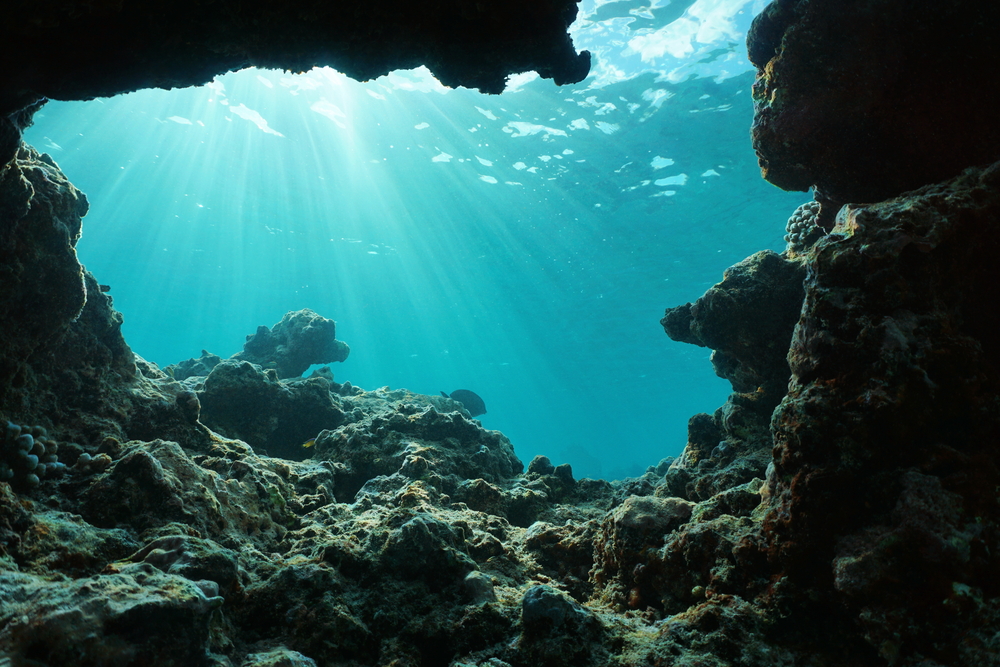
Rocks play a significant role to support the marine ecosystem since they provide essential minerals and shelter for marine animals.
Some of the most common types of rocks found in the ocean are igneous, sedimentary, and metamorphic rocks.
Igneous rocks such as andesite and basalt are formed from volcanic eruptions and have two types: intrusive and extrusive.
Intrusive rocks are formed when magma cools and hardens within the earth’s crust, while extrusive rocks come from lavas formed on the surface of the earth.
Today, it is estimated to have about 700 different types of igneous rocks found on the seafloor. When igneous rocks erode, it becomes sediments, which eventually solidify and become sedimentary rocks.
Bauxite, conglomerate, and phosphorite are some common types of sedimentary rocks found in the ocean. Lastly, metamorphic rocks are a mix of igneous and sedimentary rocks when exposed to extremely high temperatures.
There are two types of metamorphic rocks: foliated and non-foliated. Foliated metamorphic rocks such as slate and gneiss have a layered appearance, whereas non-foliated rocks such as marble and quartzite do not.
When metamorphic rocks reach high temperatures again, they go back to becoming magma.
7. Shells
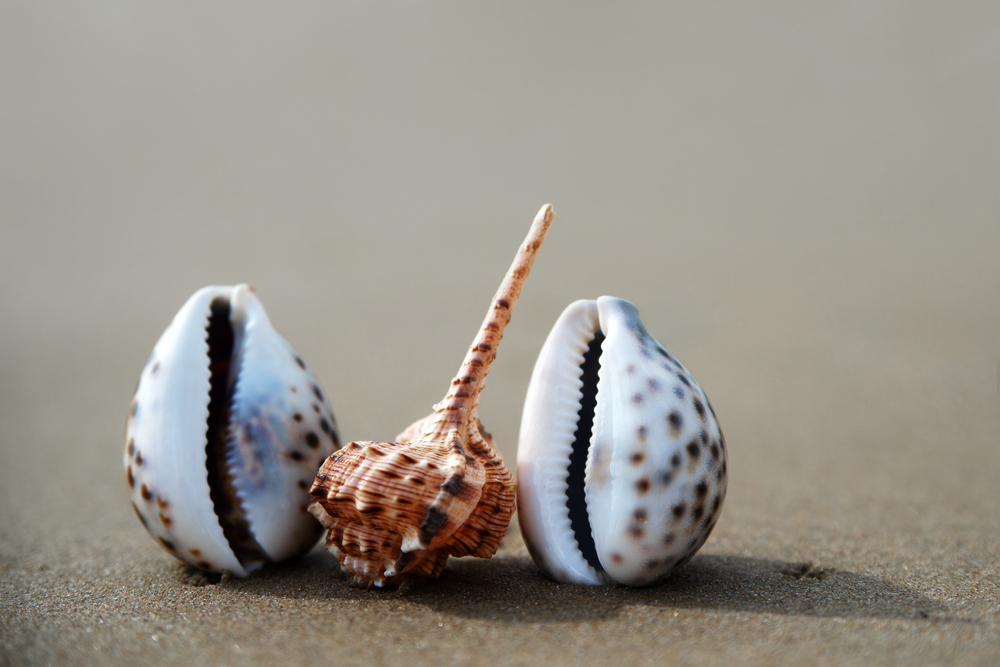
Aside from majestic trees and pristine waters, shells also contribute to the beautification of the beaches. These are usually found along the coast and are exoskeletons of small marine animals including clams, snails, and hermit crabs.
How do these animals form seashells? In order to protect their fragile body, these animals take in salt and release calcium carbonate from their body.
This process is essential in solidifying the external part of their body, eventually creating the outer shell. The seashell formed is mostly calcium and a bit of protein.
It creates three layers: an uncalcified layer, a calcified prismatic layer, and an inner pearly layer of nacre. The color differs depending on what it eats, which results in multi-colored shells.
As the process of chemical absorption and secretion goes on, their outer shell continues to grow bigger as well. The process only stops when these animals die; thus, leaving the shell on the coast or in the ocean.
8. Oils
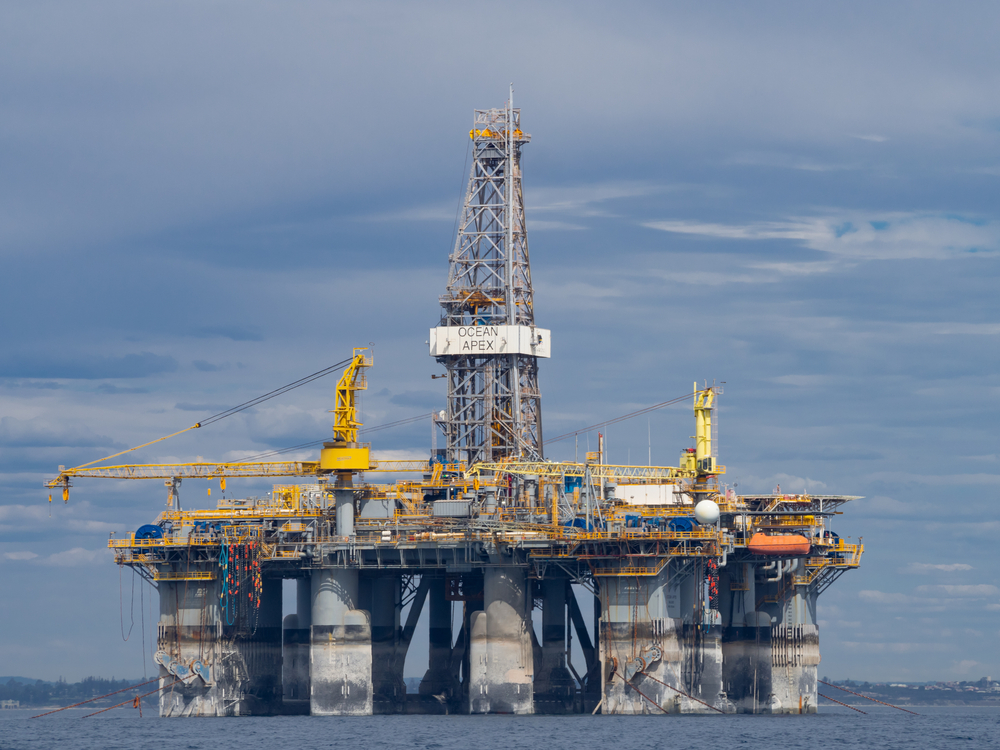
Also known as petroleum, oil is another valuable resource that is only extracted by drilling the seabed. Oil is heavily consumed around the world and used for many things from transportation to technology to electricity.
It is composed of carbon and hydrogen, which takes millions of years to form in the shallow waters. The formation begins with dead plankton that is combined with inorganic debris on the seafloor, creating rich organic soil.
To form this organic matter, it must remain in anoxic environments, as too much oxygen will cause it to decompose. It is then buried by sediment rocks and becomes shale, ultimately turning into kerogen.
With high temperature and pressure, kerogen eventually turns into oil. The oil can be taken through seeps, a natural leak from the seafloor, or extraction by drilling.

